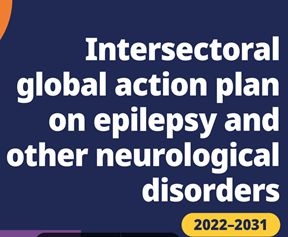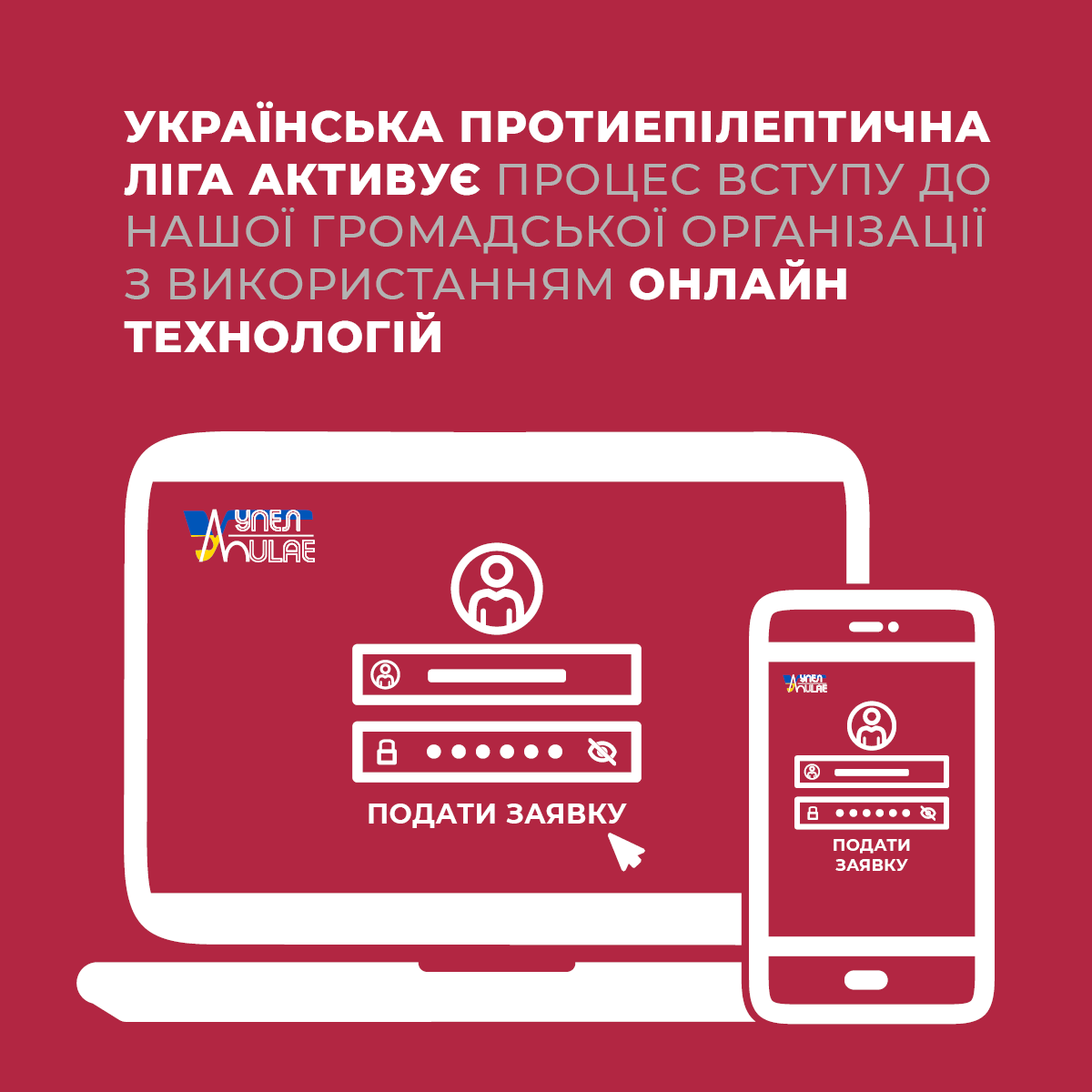Over the last three decades many neurologists will have gained first hand experience of how the treatment of a neurological emergency can change completely: the management of suspected stroke has metamorphosed from tucking people up in bed with an aspirin to an investigation and treatment pathway bearing closer resembling to the Formula One pit lane than the management which was still established practice one generation ago.
Although the detrimental effects of delaying the treatment of convulsive status epilepticus (CSE) have been recognized for much longer than thirty years, and despite the fact that effective treatments for most presentations with status epilepticus have been available throughout this period, improvements in the actual clinical management of CSE have been much more sporadic. The lack of focus on CSE cannot be related to the rarity of the condition: with an incidence of 6.8–41/100.000 per year, status epilepticus (SE) is one of the commonest neurological emergencies, especially among children where the incidence is 135–156/100 000 per year (1). The relatively low investment in service improvements is also not explained by the benign nature of the condition: while mortality from SE is lower in children than in adults, it is still high at 3-9% within 30 days and 7% in the long-term (1). Delayed treatment is also associated with greater morbidity and long-term care costs (2, 3).
It can only be hoped that the current Special Issue of Seizure “Paediatric Status Epilepticus” offering a collection of comprehensive review articles will help clinicians and patient representatives to attract more attention to the question how the gap between the clear evidence for rapid and adequate treatment of SE and the actual provision of this treatment can be closed. My editor’s choice from this issue of Seizure, a narrative expert review by Marina Gaínza-Lein et al. summarizes the arguments for service improvements most clearly by demonstrating how changes in the composition and localization of GABA-A and NMDA-receptors can render interventions much less effective if they are not administered in a timely manner (4).
.References:
1) Chin, R.F., B.G. Neville, and R.C. Scott, A systematic review of the epidemiology of status epilepticus. Eur J Neurol, 2004. 11(12): p. 800-10.
2) Raspall-Chaure, M., et al., Outcome of paediatric convulsive status epilepticus: a systematic review. Lancet Neurol, 2006. 5(9): p. 769-79.
3) Penberthy, L.T., et al., Estimating the economic burden of status epilepticus to the health care system. Seizure, 2005. 14(1): p. 46-51.
4) Gaínza-Lein, M., Sánchez Fernández, I., Ulate-Campos, A., Loddenkemper, T., Ostendorf A. Timing in the Treatment of Status Epilepticus: From Basics to the Clinic. Seizure 2019. 68: p. 22-30.
«Seizure» 2019, Том 68, Вибір Редактора: «Терміни в Лікуванні Епілептичного Статусу: Від Основ До Клініки»
Протягом останніх трьох десятиліть багато неврологів отримали досвід з перших рук про те, як лікування неврологічного невідкладного стану може повністю змінитися: лікування хворих з підозрою на інсульт перетворилося з прийому аспірину з дотриманням постільного режиму у алгоритм обстеження та лікування, яке більше нагадує пілотну доріжку Формули-1, тобто значно відрізняється від стандартів лікування, що було встановлено практикою одного покоління тому.
Незважаючи на те, що негативні наслідки затримки лікування конвульсивного епілептичного статусу (КЕС) були визнані набагато довше, ніж тридцять років, і незважаючи на те, що ефективні методи лікування більшості хворих з епілептичним статусом були доступні протягом усього цього періоду, позитивна динаміка у рутинній клінічній практиці в лікуванні КEС була відмічена далеко не у всіх випадках. Відсутність уваги до КEС не може бути пов'язана з рідкістю стану: з частотою 6.8-41/100.000 в рік, епілептичний статус (ЕС) є одним з найбільш поширених неврологічних невідкладних станів, особливо серед дітей, де захворюваність становить 135-156/100 000 на рік (1). Відносно невисокі інвестиції в поліпшення якості надання медичної також не можно пояснити доброякісним характером стану: у той час як смертність від ЕC нижча у дітей, ніж у дорослих, проте вона залишається високою на рівні 3-9% протягом 30 днів і 7% у довгостроковій перспективі (1). Відстрочене лікування також пов'язане з більшою захворюваністю і тривалими витратами на догляд (2, 3).
Можна лише сподіватися, що нинішній Спеціальний випуск «Педіатричний епілептичний статус», що містить збірку всебічних оглядових статей, допоможе лікарям і представникам пацієнтів привернути більше уваги до питання про те, як можна закрити розрив між чіткими доказами швидкого і адекватного лікування ЕС і фактичним забезпеченням цього лікування. Мій вибір як редактора з цього номеру «Seizure» - докладний експертний огляд Marina Gaínza-Lein з співавт., який підсумовує аргументи на користь поліпшення якості лікування найбільш чітко демонструючи, як зміни у складі та локалізації ГАМК-А і NMDA-рецепторів можуть зробити втручання набагато менш ефективними, якщо вони не проводится своєчасно (4).
References:
1) Chin, R.F., B.G. Neville, and R.C. Scott, A systematic review of the epidemiology of status epilepticus. Eur J Neurol, 2004. 11(12): p. 800-10.
2) Raspall-Chaure, M., et al., Outcome of paediatric convulsive status epilepticus: a systematic review. Lancet Neurol, 2006. 5(9): p. 769-79.
3) Penberthy, L.T., et al., Estimating the economic burden of status epilepticus to the health care system. Seizure, 2005. 14(1): p. 46-51.
4) Gaínza-Lein, M., Sánchez Fernández, I., Ulate-Campos, A., Loddenkemper, T., Ostendorf A. Timing in the Treatment of Status Epilepticus: From Basics to the Clinic. Seizure 2019. 68: p. 22-30.





